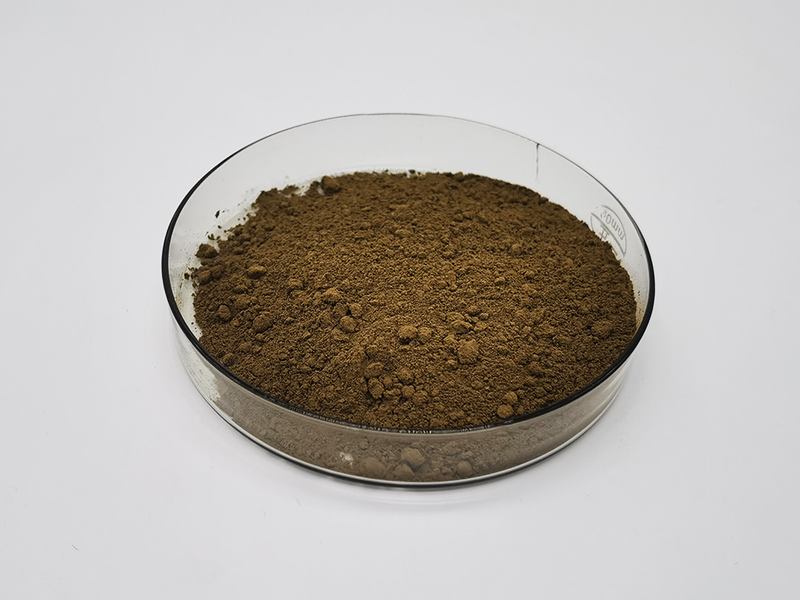Amentoflavone, also known as 8-prenylquercetin, is a flavonoid compound found in various plants. Its basic ingredients include:
Flavone Backbone: Amentoflavone belongs to the flavonoid class of compounds, characterized by a flavone backbone structure.
Prenyl Group: It contains a prenyl group (-CH₂-CH=CH-CH₃) attached at position 8 of the flavone structure. This prenyl group distinguishes amentoflavone from other flavonoids.
Hydroxyl Groups: Amentoflavone has hydroxyl (-OH) groups attached at specific positions on the flavone structure, which contribute to its chemical properties and biological activity.
Double Bonds: Like other flavonoids, amentoflavone contains double bonds in its structure, which are important for its aromatic nature and stability.
Amentoflavone is naturally found in various plants such as Gingko biloba, Hypericum perforatum (St. John’s Wort), and Selaginella tamariscina. It is known for its potential pharmacological properties, including antioxidant, anti-inflammatory, and neuroprotective effects.

Potential Benefits of Amentoflavone
Amentoflavone is a naturally occurring flavonoid found in a variety of plants, and it has been studied for its potential health benefits. Here are some of the reported benefits of amentoflavone:
Anti-Inflammatory Properties: Amentoflavone has been shown to possess anti-inflammatory effects, which may help in reducing inflammation in the body. This property is particularly valuable in treating conditions where inflammation plays a significant role, such as arthritis and inflammatory bowel diseases.
Antioxidant Activity: Like many flavonoids, amentoflavone exhibits antioxidant properties. Antioxidants help neutralize free radicals in the body, which can otherwise cause oxidative stress and damage cells. This antioxidative capability is crucial in potentially reducing the risk of chronic diseases and aging.
Neuroprotective Effects: There is some research suggesting that amentoflavone may have neuroprotective effects. It has been investigated for its potential to protect nerve cells from damage, which could be beneficial in the treatment or prevention of neurodegenerative diseases like Alzheimer’s and Parkinson’s.
Anti-Cancer Potential: Studies have explored amentoflavone’s potential role in inhibiting the growth of cancer cells. It has shown promise in inducing apoptosis (programmed cell death) in cancer cells, which is a key mechanism in preventing cancer progression.
Anti-Allergic Properties: Amentoflavone has been investigated for its ability to suppress allergic reactions. It may help in reducing allergic responses by modulating immune system activity and inflammatory processes involved in allergic reactions.

Anti-Viral and Anti-Bacterial Activity: Research has indicated that amentoflavone may possess antiviral and antibacterial properties. This could potentially make it useful in fighting viral infections such as influenza and bacterial infections.
Bone Health: Some studies suggest that amentoflavone could support bone health by enhancing bone formation and density. This property may be beneficial in preventing osteoporosis and maintaining overall bone strength.
Cardiovascular Health: Amentoflavone has been investigated for its potential cardiovascular benefits, including its ability to improve blood flow, reduce blood pressure, and protect against heart disease. These effects are often attributed to its anti-inflammatory and antioxidant properties.
It’s important to note that while these potential benefits are supported by scientific research, more studies are needed to fully understand the mechanisms and effectiveness of amentoflavone in various health conditions. As with any supplement or natural compound, consulting with a healthcare professional is recommended before using it for therapeutic purposes.
